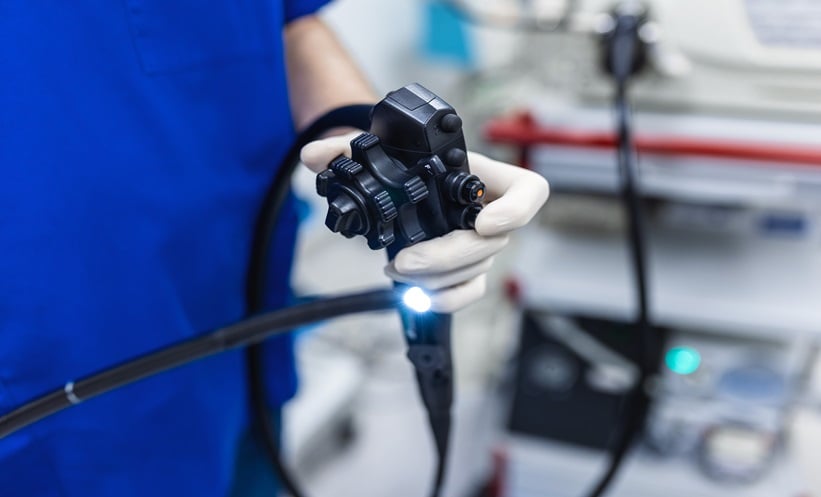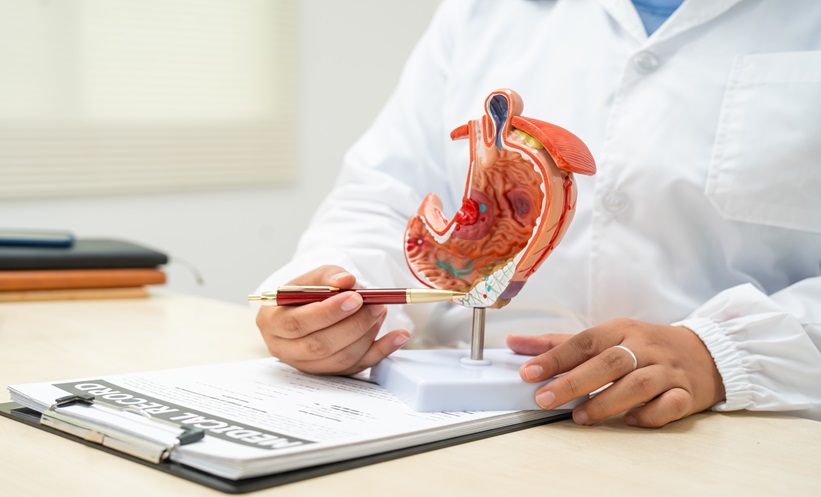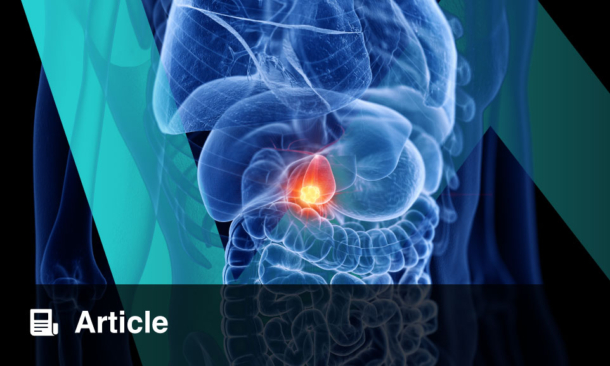A high-fat diet may do more than increase cholesterol—it could also trigger dangerous blood clots, according to new research revealing a surprising link between gut microbes and cardiovascular risk.
Researchers uncovered that the common gut bacterium Bacteroides thetaiotaomicron (BT) plays a pivotal role in producing palmitic acid (PA), a saturated fatty acid that directly promotes thrombosis. While PA is typically associated with dietary fat or internal synthesis, this study shows that the gut microbiota itself is a potent contributor.
The researchers found that in patients with cardiovascular disease (CVD), elevated circulating PA levels were associated with both increased blood clotting and high levels of BT in the gut. Mechanistically, PA was shown to suppress the natural anticoagulant activated protein C (APC) while enhancing platelet activation, effectively tipping the balance toward excessive clot formation.
Animal studies confirmed that a high-fat diet boosts BT colonization, increasing plasma PA and promoting a prothrombotic state. Notably, transplanting BT into the gut also led to higher circulating PA and clotting, even without changes to the host’s own fat production.
The study also pointed to a potential therapeutic angle. Hesperidin—a plant-derived flavonoid found in citrus fruits—was able to block the interaction between PA and APC, reducing the risk of PA-induced clotting.
These findings suggest that cardiovascular risk from high-fat diets may be partly driven by microbial factors, and targeting specific gut bacteria or their metabolic products could be a new frontier in CVD prevention.
Reference
Huang X et al. High-fat diet increases circulating palmitic acid produced by gut Bacteroides thetaiotaomicron to promote thrombosis. Cell Rep Med. 2025;DOI: 10.1016/j.xcrm.2025.102260.








